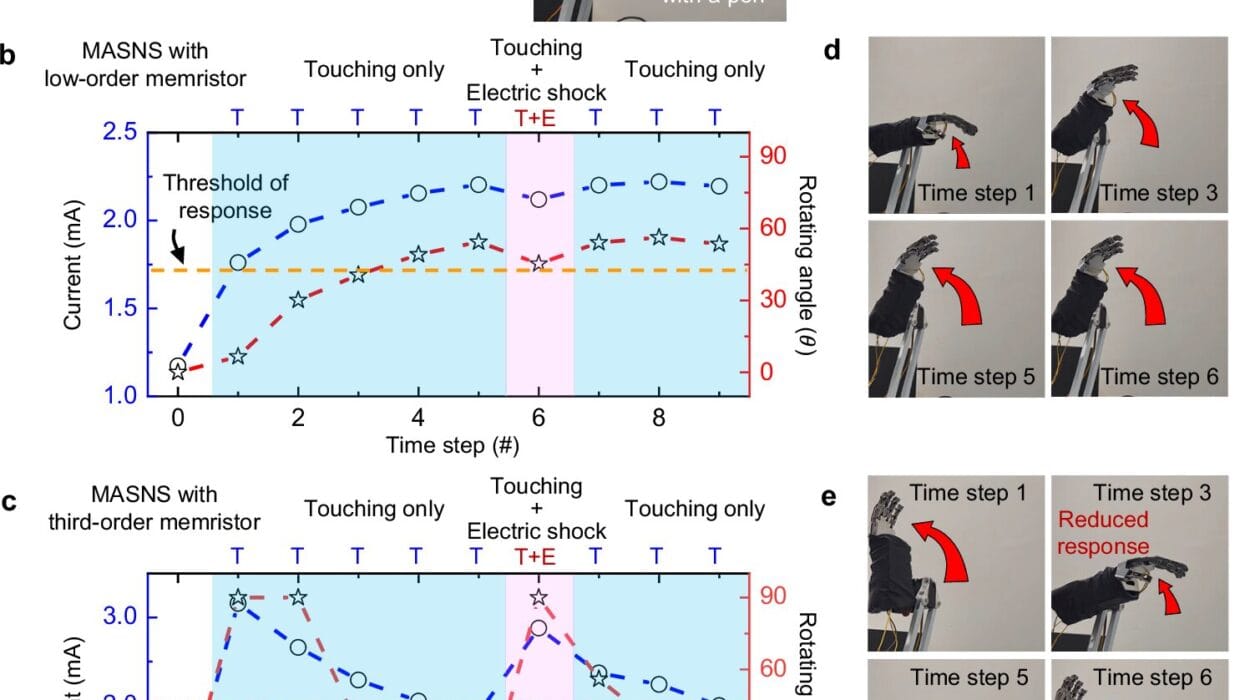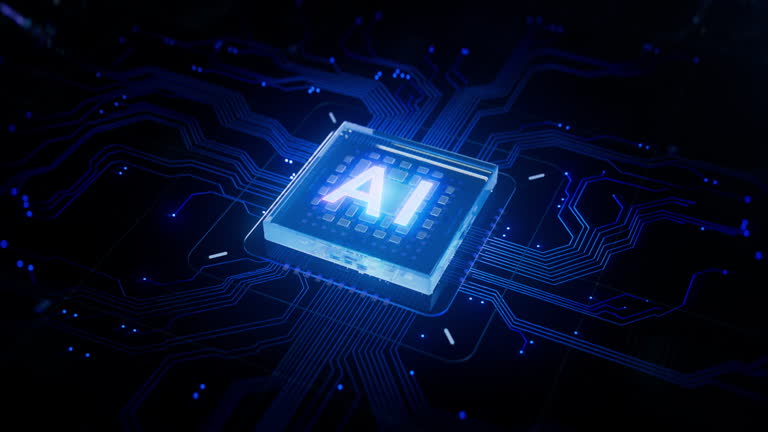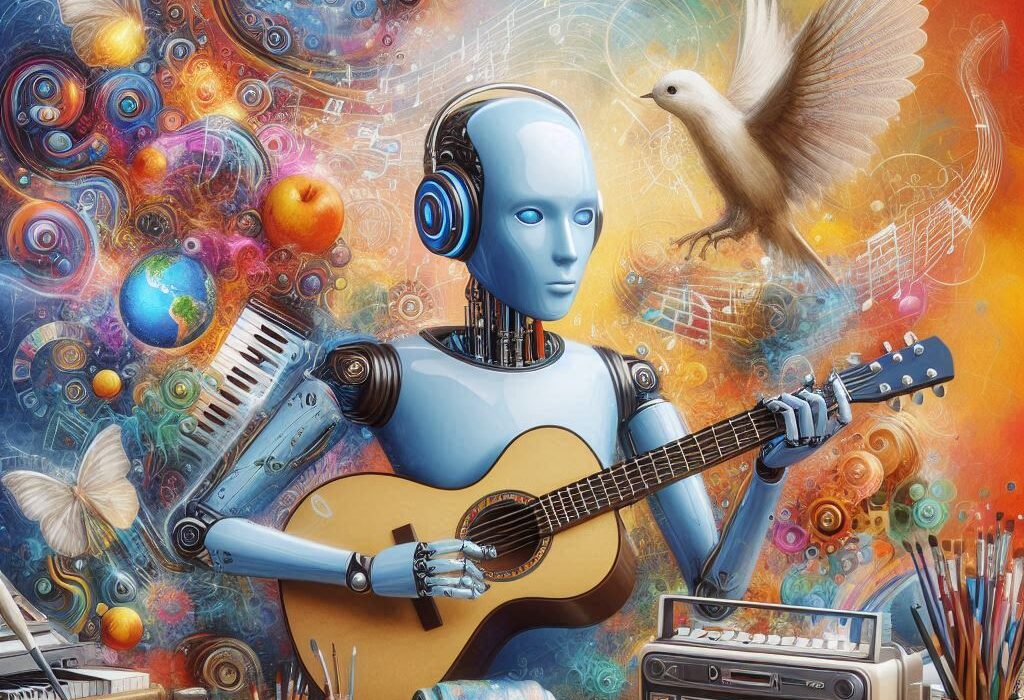In a world where your phone recognizes your face, your email predicts your sentences, and your car can almost drive itself, there’s a ghost in the machine we’ve all become familiar with—even if we don’t fully understand it. People call it “AI,” or Artificial Intelligence. But lurking within that term is another name that’s thrown around almost as often: “Machine Learning.” These two concepts are often used interchangeably, tangled like wires in the back of a computer you’ve never opened.
And yet, they are not the same.
The difference between AI and machine learning isn’t just academic—it’s the difference between what we think machines do and what they are truly capable of becoming. It’s the difference between mimicry and learning, between programming and potential, between doing and understanding.
In this article, we’re going to gently untangle these concepts—not with cold definitions, but with metaphor, emotion, and clarity. We’ll go back to where it all started, walk through how machines learn, and reach into the philosophical depths of what “intelligence” even means.
So settle in. The machines are whispering something to us. Let’s learn their language.
The Dream That Preceded the Machine
Before there were algorithms or neural networks, there was a dream—a longing almost as old as humanity itself. The dream was simple: to create something that could think.
From ancient myths of mechanical servants forged by Hephaestus, to the Jewish legend of the Golem, to Da Vinci’s sketches of robotic knights, humans have long been fascinated by the idea of artificial minds. We imagined beings made not of flesh, but of logic. Not born, but built.
In modern history, this idea took root in earnest in the mid-20th century. Mathematician Alan Turing asked the now-famous question: “Can machines think?” His work laid the groundwork for what we now call Artificial Intelligence, a field dedicated to building systems that can, in some way, exhibit intelligent behavior.
But here’s where things start to diverge.
AI was the grand vision—the attempt to replicate or simulate human intelligence in machines. It was vast and philosophical, including everything from language to logic, perception to planning. But like all ambitious visions, it encountered a problem.
We didn’t really know how we think. So how could we teach a machine to do it?
From Hand-Crafted Rules to Learning Machines
Early AI systems were built with explicit instructions. Developers would create long, detailed sets of rules—a kind of master playbook. If the machine saw X, it should do Y. If it encountered Z, it should perform Action A.
These were called “expert systems.” They were impressive in limited domains. You could build a chess-playing program or a medical diagnosis assistant that followed these rules with astonishing speed. But something was missing. These systems couldn’t generalize. They couldn’t learn. If the input changed in an unexpected way, they broke.
That’s where Machine Learning came in—not as a replacement for AI, but as a revolution within it.
Machine learning was the idea that instead of telling a computer exactly what to do, we could give it data and let it figure out what to do. It was less about programming and more about teaching.
Imagine trying to teach a child to recognize a cat. You could try writing a list of rules: “If it has fur, pointy ears, and meows, it’s probably a cat.” But that wouldn’t work in the real world, where some cats don’t meow, some dogs look like cats, and some cats are just weird.
So instead, you show the child a hundred pictures of cats, and they slowly start to form an intuition: a mental model of “catness.” That’s machine learning.
It flipped the AI paradigm on its head. And it’s the reason your phone can understand your voice, your photos get tagged automatically, and your streaming service somehow knows you’re in a romantic comedy mood even when you don’t.
AI Is the Dream, Machine Learning Is the Method
Let’s draw a line in the sand now.
Artificial Intelligence is the broader concept. It’s the goal of building machines that can perform tasks in a way that we would consider “intelligent.”
Machine Learning is a way of achieving that goal. It’s one method—albeit a powerful and now dominant one—by which machines become smarter.
So all machine learning is AI, but not all AI is machine learning.
Think of AI as the universe, and machine learning as one galaxy inside it—a bright, rapidly expanding one. There are other galaxies too: symbolic reasoning, genetic algorithms, fuzzy logic. They’re all attempts to make machines think. But in recent years, machine learning—especially a subfield called deep learning—has stolen the spotlight.
Why? Because it works.
It works terrifyingly well.
How Machines Actually Learn (It’s Not Magic)
The phrase “machine learning” can feel misleading, almost magical, as if the machine wakes up one day and decides to understand the stock market or paint a portrait. But under the hood, machine learning is beautifully mechanical.
At its heart, machine learning is about pattern recognition.
You give the machine lots of data—images of cats, stock prices over time, speech recordings. Along with that data, you often give it “labels”—for example, which images are cats and which are dogs.
The machine uses a mathematical model—a kind of vast equation with many variables—to learn how different inputs relate to the outputs. It adjusts the internal parameters of that model over and over again until it starts getting the answers right.
This is called “training.” It’s not unlike how you might train a student with flashcards. The more examples they see, the better their guesswork becomes.
But it’s not really understanding in the human sense. It’s closer to statistical mimicry—albeit an incredibly powerful one. It finds patterns too subtle, too complex, and too numerous for human brains to notice.
Once trained, the model can be used to make predictions. That’s why when you upload a blurry photo of your dog, Facebook’s algorithm still tags it correctly. It’s seen millions of dogs before. It doesn’t “know” what a dog is, but it’s learned enough patterns to make a convincing guess.
The Black Box Problem: When Learning Gets Too Good
Here’s where things get a little eerie.
As machine learning systems—especially neural networks—get more complex, they begin to resemble a kind of digital brain. Layers of interconnected nodes mimic neurons, passing signals forward, adjusting connections, and slowly forming a model of reality.
But unlike traditional programs, where every step is clearly defined, these systems become opaque. We can see what goes in and what comes out, but what happens in the middle—the actual reasoning—can be a black box.
This raises ethical and practical questions. If an algorithm denies someone a loan, but we don’t understand why, can we trust it? If a self-driving car has to choose between hitting a wall or a pedestrian, how does it decide?
The more powerful machine learning becomes, the harder it is to interpret. This is not just a technical issue—it’s a human one. Because it touches on trust, responsibility, and what it means to be intelligent in the first place.
Intelligence Without Consciousness
One of the most important distinctions in this entire conversation is between intelligence and consciousness.
AI systems can mimic intelligent behavior: recognizing images, translating languages, writing poems. But that doesn’t mean they’re conscious. They don’t feel joy, confusion, fear, or love. They don’t understand what they’re doing—they’re just very, very good at imitating behavior based on data.
Imagine a robot actor who plays Hamlet so perfectly that audiences weep. It still doesn’t know what tragedy is. It doesn’t feel the weight of “To be, or not to be.” It’s performing, not living.
This is the soul of the AI vs. machine learning distinction.
AI is about replicating intelligence, broadly defined. Machine learning is a technique that does this through data. But neither is about replicating the inner life of the mind. Not yet, anyway.
Why This Matters: The Future Is Not Just Technical
Understanding the difference between AI and machine learning isn’t just a semantic game—it’s vital for the future we’re building.
If we think of AI as a thinking machine, we may assume it has human-like traits, and we may grant it rights or hold it accountable in dangerous ways.
If we understand that machine learning is powerful but mechanical, we can better regulate it, audit its decisions, and use it responsibly.
We need literacy in these fields, not just from scientists, but from everyday people—voters, teachers, parents, and students. Because these tools are not just changing industries—they’re changing relationships, governance, identity.
When your car makes a decision, or your resume is sorted by an algorithm, or your child is taught by an AI tutor, you should know what’s going on. You deserve that.
This clarity—the difference between AI and machine learning—is your compass in a data-driven world.
The Soul in the Circuitry
In the end, the story of AI and machine learning is not a technical tale. It’s a human one.
It’s about our desire to create, to understand, to surpass our own limits. It’s about humility—realizing that we can build machines that beat us at games, but still not replicate what makes us human. It’s about ethics—what should we do with such power? It’s about wonder.
Because when a machine writes poetry, it’s not just a program succeeding. It’s us, reaching into the unknown, dragging the future into the present.
So let’s remember:
AI is the dream.
Machine learning is the method.
We are the meaning.






